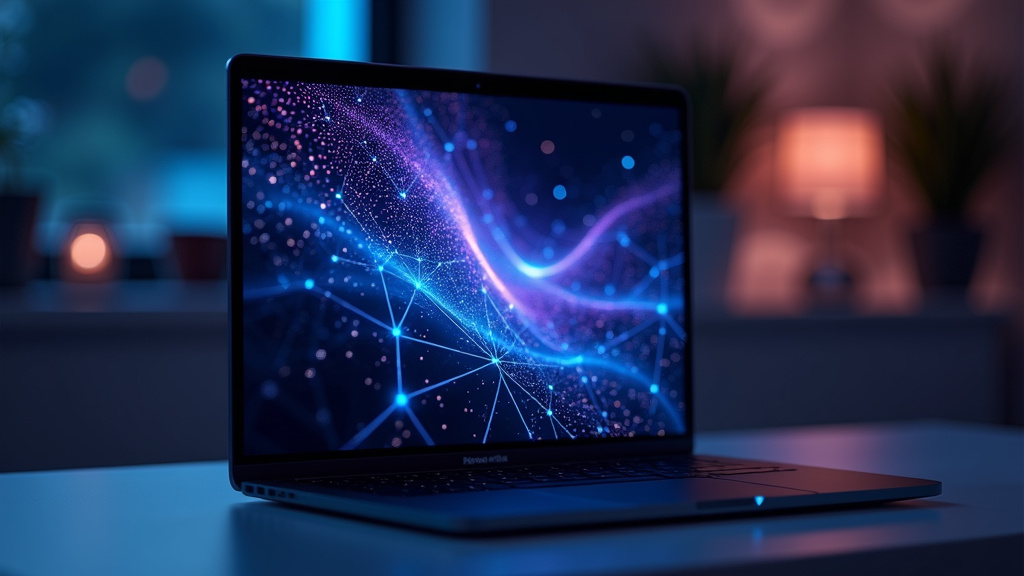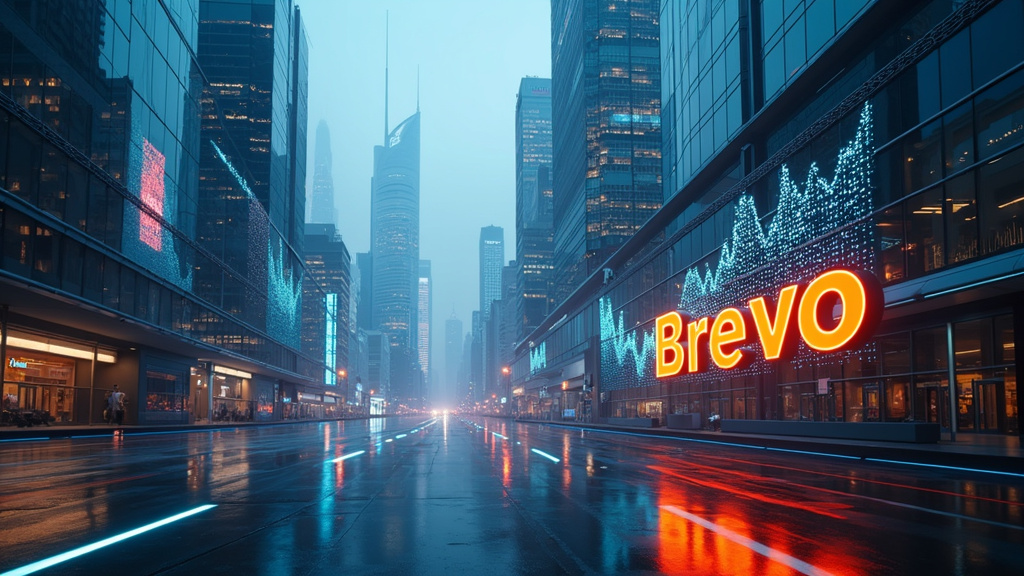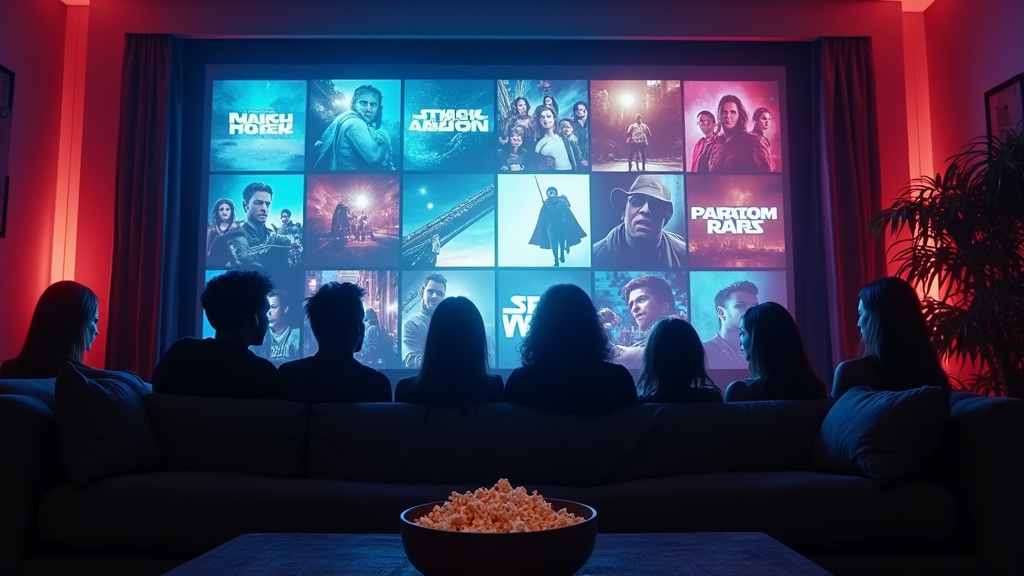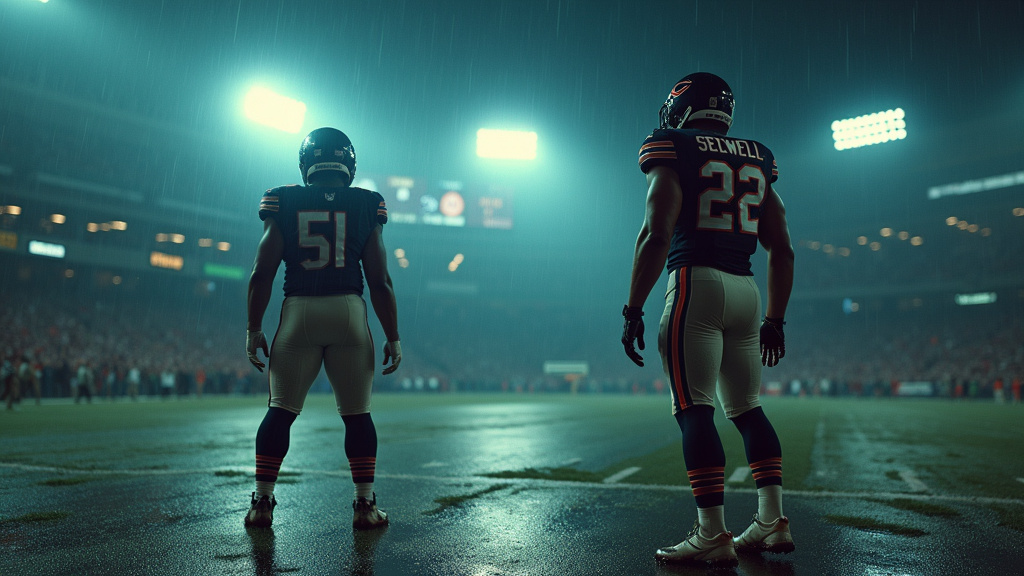Once the undisputed vanguard of smartphone innovation, Apple’s iPhone is facing mounting scrutiny from tech enthusiasts and industry observers who perceive a notable shift from groundbreaking features to the adoption of long-established technologies. The narrative has evolved from “that’s new from Apple” to “finally, Apple has this feature,” as the company appears to be catching up rather than leading the pack in crucial areas of mobile technology.
The Shifting Perception: From Trendsetter to Tech Follower
For years, the iPhone set the pace, introducing features that redefined personal technology. However, recent trends suggest Apple is now integrating technologies that have been commonplace on competitor devices for some time. A prime example is the 120Hz ProMotion display, first introduced to iPads in 2017 but only arriving on the iPhone 13 Pro models in 2021. With the recent iPhone 17 lineup, Apple has finally brought the 120Hz adaptive refresh rate to its standard models, a move many see as a necessary catch-up to the Android market, where high refresh rates have been standard for years.
Similarly, charging speeds have become a point of contention. While the iPhone 8 and X introduced fast charging in 2017, promising 50% charge in 30 minutes, current Android flagships, particularly from Chinese manufacturers, boast charging speeds of 100W, 150W, or even 240W. In contrast, even as of the iPhone 16 series, wired charging speeds have been noted at around 20W-27W, or up to 45W in some reports, a pace considerably slower than many competitors.
Another feature becoming standard on many Android phones, vapor chamber cooling systems for enhanced thermal management during demanding tasks like gaming, is now rumored to debut in the iPhone 17 Pro models. This indicates Apple is adopting advanced cooling solutions already prevalent in the market to address performance under heavy load.
The AI Enigma: Apple’s Measured Approach
Artificial intelligence has become a central battleground in the smartphone industry. While rivals like Google and Samsung have aggressively pushed AI features to the forefront of their device launches, Apple’s approach with “Apple Intelligence” has been met with skepticism by some. Critics, including Nothing CEO Carl Pei, have described the implementation as underwhelming, suggesting it amounts to little more than “generated emojis” rather than a transformative leap. Apple’s strategy appears to lean towards AI-driven optimizations for performance, battery life, and privacy, operating more in the background than as headline consumer-facing applications. This contrasts with the more prominent AI showcases from competitors.
Voices from the Industry: Critical Perspectives
This perceived lag in innovation has drawn sharp criticism from industry figures. Carl Pei, CEO of Nothing, has openly stated that Apple has lost its creative spark and is no longer the inspirational company it once was, attributing this to its immense size and corporate culture. Industry analyses suggest a shift from groundbreaking invention to the refined commercialization of existing technologies, leading some to question if Apple still possesses its former disruptive edge. While Apple’s competitors may highlight being first with a feature, Apple has historically excelled at perfecting and integrating them into a seamless user experience.
Apple’s Enduring Strengths in a Competitive Landscape
Despite these criticisms, Apple continues to maintain significant strengths. Its tightly integrated hardware, software, and services ecosystem fosters strong customer loyalty and a premium brand perception. The optimization of iOS for Apple’s own hardware often results in exceptionally smooth performance, even when specs might appear lower on paper compared to Android counterparts. The company also commands a significant market share, particularly in the premium segment, and benefits from a user base that consistently demonstrates high engagement and spending.
The iPhone 17 and Beyond: A Glimpse into the Future
The recent iPhone 17 launch reflects some of these adaptive strategies. The inclusion of 120Hz ProMotion displays on standard models, alongside rumored vapor chamber cooling for the Pro variants, showcases Apple’s responsiveness to market expectations and competitor offerings. The company is also enhancing its AI hardware capabilities, aiming for proactive and personalized experiences while emphasizing privacy. The introduction of 256GB as the new standard storage tier also addresses a long-standing user demand.
Conclusion
The tech landscape continues to evolve at a rapid pace, and the iPhone, once the sole definition of cutting-edge smartphone technology, is now navigating a more competitive environment. While Apple’s innovation narrative may be shifting from pioneering new ground to refining and integrating existing technologies, its powerful ecosystem and brand loyalty ensure its continued relevance. The perception has indeed shifted for many enthusiasts, but whether this means Apple is losing its allure or simply adapting its strategy for a mature market remains a key question in the ongoing technology news cycle.














